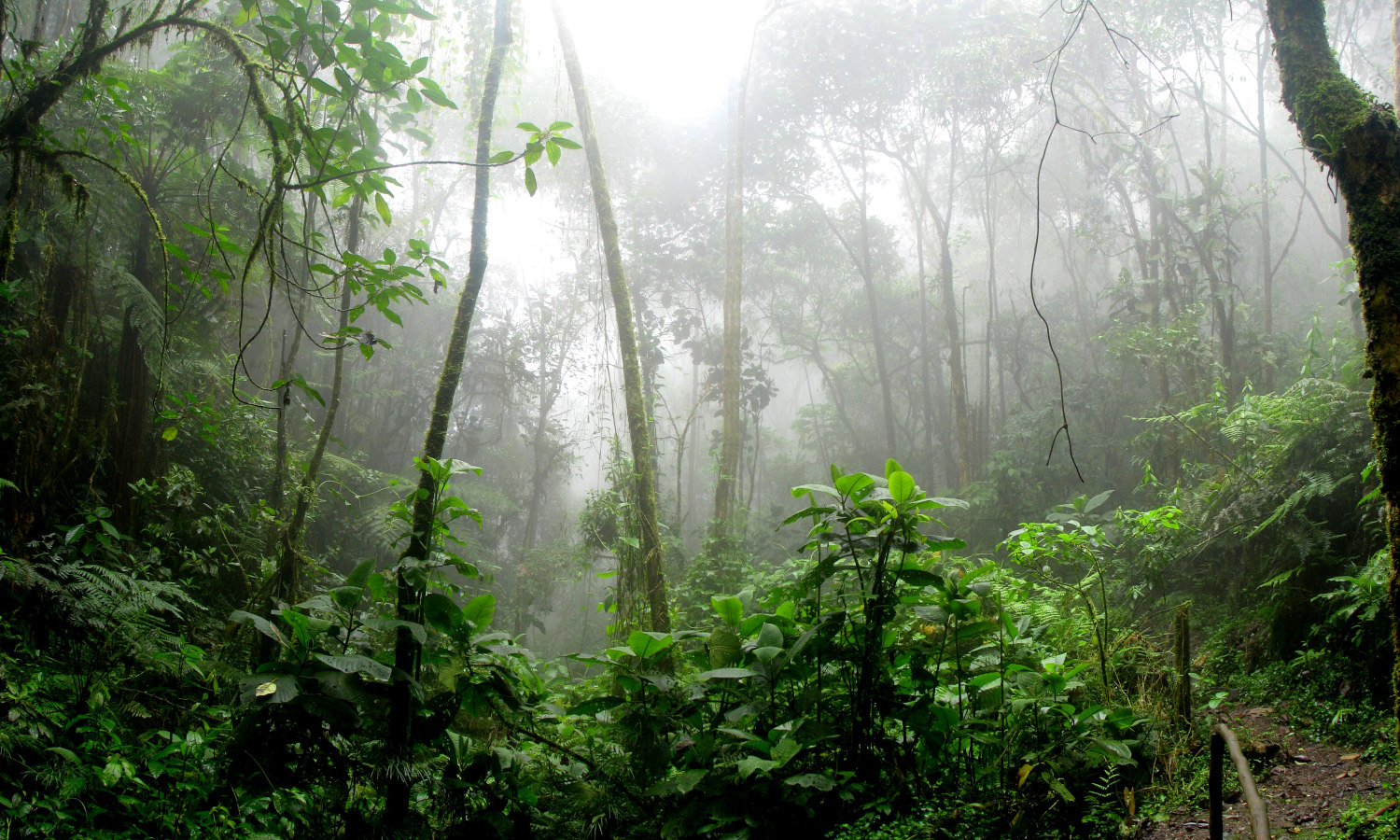The Amazon rainforest is approaching irreversible destruction, and the world is watching.
Conservation biologist Dr. Thomas E. Lovejoy and climate scientist Dr. Carlos A. Nobre released a statement in Science Advances entitled “Amazon tipping point: Last chance for action” that expresses the gravity of destruction in the Amazon and the urgency for immediate action.
“The rampant winds awoke the Brazilian populace and indeed the world to the harsh reality that the precious Amazon is teetering on the edge of functional destruction and, with it, so are we,” say Lovejoy and Nobre in the statement.
Deforestation interferes with the Amazon’s hydrologic cycle, a set of processes circulating water throughout the earth-atmosphere system that’s essential to moisture regulation in the South American climate system, the statement explains. Seventeen percent of the Amazon basin and 20 percent of the Brazilian Amazon has been deforested, which will lead to a 50 percent increase in unrecyclable rainwater runoff and a decline in biodiversity, jeopardizing the Amazon’s carbon sequestration capacity.
Because of the impacts of deforestation, the Amazon is succumbing to a process known as savannization. Savannization, according to the statement, is pushing the world’s largest tropical rainforest towards a “tipping point”—a threshold indicating the maximum amount of drought the Amazon could tolerate before irreversible damage ensues. Eastern and southern regions of the Amazon will face the burden of damage, which will eventually expand into the Central and Southwestern regions.
Alongside deforestation, global climate change has doubled the frequency of droughts to record highs, according to Nobre.
“We have seen record-breaking droughts in 2005, 2010, and 2015-2016 in the Amazon,” Nobre tells Food Tank. “This is a substantial increase in the frequency of extreme droughts, which usually occurs once every 20 years.”
Global warming, according to Nobre, will lead to hotter and longer dry seasons in the Amazon, catalyzing a spike in tree mortality rates. Wildfires will also become more frequent, generating public health hazards for neighboring communities where smoke plumes will contaminate their air and limit their access to transportation by river.
Deforestation and climate change threaten the financial health of Brazil’s agriculture and livestock industries as well, according to Nobre.
“Destruction of the Amazon would increase temperatures in the Amazon and over the cerrado, which is already very hot for livestock farming and grain production,” says Nobre. “Longer and hotter dry seasons will tremendously affect the cattle and disrupt the production cycle of grain crops. In general, it reduces the profitability of agriculture in those regions.”
While Lovejoy and Nobre address the severity of the Amazon’s savannization, they also offer urgent suggestions on ways to mitigate the damage before it’s too late.
One suggestion is to implement reforestation projects specifically in abandoned cattle ranches and croplands—areas of the Amazon most severely threatened by drought.
“Within a couple decades, the forest must be restored from 200,000 square kilometers to 300,000 square kilometers, specifically in the southern Amazon to reduce the risk of the tipping point,” says Nobre.
Strong government intervention is also necessary to ensure that deforestation is institutionally condemned, according to Nobre.
“Almost all of the deforestation is illegal,” Nobre says. “Therefore, a hard hand of the State in law enforcement is extremely necessary.”
Finally, adherence to Paris Agreement goals is required to keep global temperatures from rising above two degrees Celsius. If temperatures were to rise by over three degrees Celsius, 70 percent of the rainforest will dry out, says Nobre.
Lovejoy and Nobre urge state leaders and citizens in South America and globally to collectively lend their support for the protection of the Amazon.
“Citizens and leaders across South America and around the world must create and promote a new vision of the Amazon,” the researchers note. “One that recognizes that the natural and economic assets of the region must be managed to maintain its essential role for South America and in sustaining the health of the planet.”













